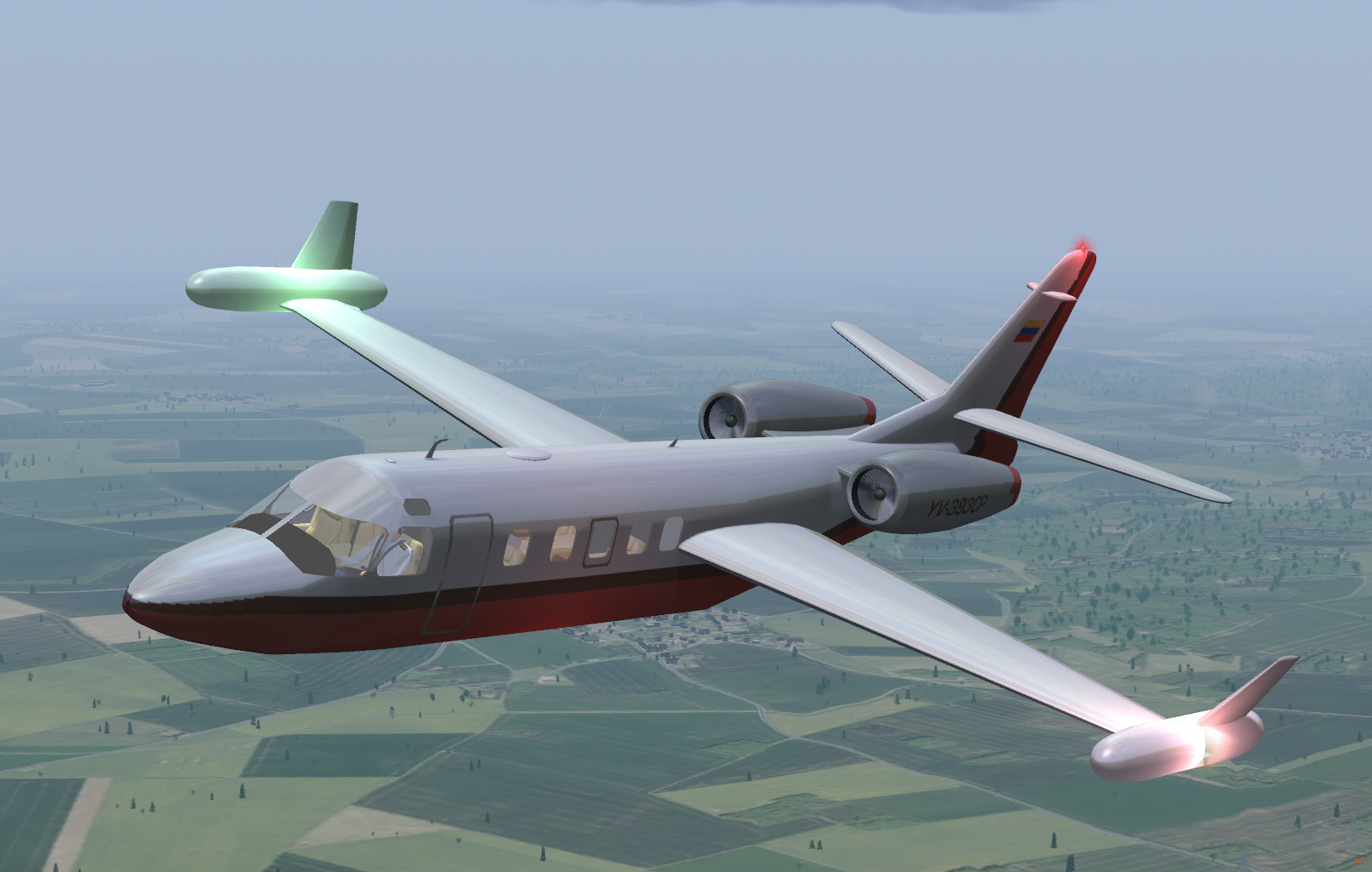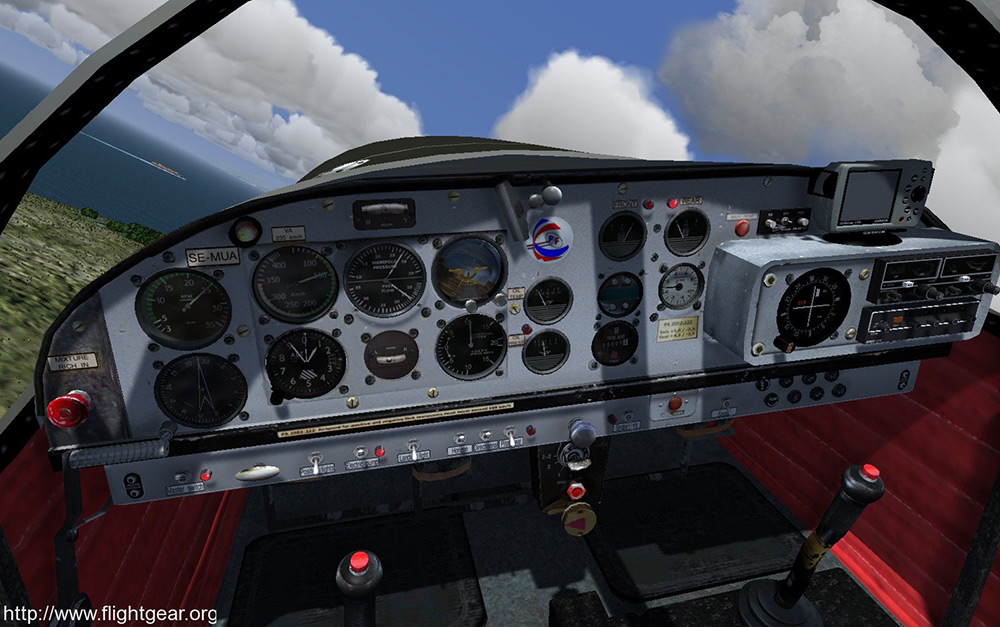

#FLIGHTGEAR GRAPHICS PATCH#
Microsoft, while rebutting such criticisms, delayed the release of the 2002 version of its hallmark simulator to delete the World Trade Center from its New York City scenery and even supplied a patch to delete the towers retroactively from earlier versions of the sim. In the early 2000s, even home entertainment flight simulators had become so realistic that after the events of September 11, 2001, some journalists and experts speculated that the hijackers might have gained enough knowledge to steer a passenger airliner from packages such as Microsoft Flight Simulator. Further, certain maneuvers can knock a pilot unconscious or rip their aircraft apart, but games do not always implement these concerns. Many modern fighter aircraft have hundreds of controls, and flight simulator games usually simplify these controls drastically. Īlthough these games strive for a great deal of realism, they often simplify or abstract certain elements to reach a wider audience. However, many games solve this boundary problem by wrapping the game world as a sphere. In some games, the aircraft simply halts in midair, while other games force the player to turn around. However, they are often confined to one part of the game world by invisible boundaries. The game world in flight simulators is often based on the real world. Personal computers (1980s–present) įlight simulators were among the first types of programs to be developed for early personal computers and began adopting 3D polygon graphics in the late 1980s, with titles such as MicroProse's F-19 Stealth Fighter (1988). Arcade flight combat simulators later began adopting 3D polygons with Taito's Air Inferno (1990) and Steel Talons (1991) by Atari Games.

Taito's Midnight Landing (1987) and Top Landing did not have air combat, but instead simulated a commercial airliner, while utilizing motion simulator cockpit cabinets. Īrcade flight simulator games began adopting 3D polygon graphics in the late 1980s, with titles such as Taito's Top Landing (1988). Yu Suzuki's team at Sega (later known as Sega AM2) developed hydraulic motion simulator cockpit cabinets for flight combat games such as Space Harrier (1985), After Burner (1987) and the R360 games. The trend was sparked by Sega's "taikan" games, with "taikan" meaning "body sensation" in Japanese. In the late 1980s, it became a trend for arcade flight combat simulators to use hydraulic motion simulator arcade cabinets.

In 1975, Taito released a simulator video game in arcades, Interceptor, which was a crude arcade first-person combat flight simulator that involved using an eight-way joystick to aim with a crosshair and shoot at enemy aircraft that move in formations of two and scale in size depending on their distance to the player. Ĭombat flight simulator video games began appearing in arcades from the late 1970s. The gameplay involves the player piloting a helicopter using a throttle joystick (to accelerate and decelerate) and pedals (to maneuver left and right) across a realistic three-dimensional landscape and shooting at military targets across the landscape. Sega's last EM flight simulator was Heli-Shooter (1977), which combines the use of a CPU processor with electro-mechanical components, screen projection and audio tape deck. Upon its debut, the game was cloned by three Chicago arcade manufacturers. The game displayed three-dimensional terrain with buildings, produced using special belt technology along with fluorescent paint to simulate a night view. Prior to the rise of video games, Sega produced Jet Rocket (1970), a first-person arcade combat flight simulator electro-mechanical game (EM game) featuring cockpit controls that could move the player aircraft around a landscape displayed on a screen and shoot missiles onto targets that explode when hit. Further information: Combat flight simulation game § History


 0 kommentar(er)
0 kommentar(er)
